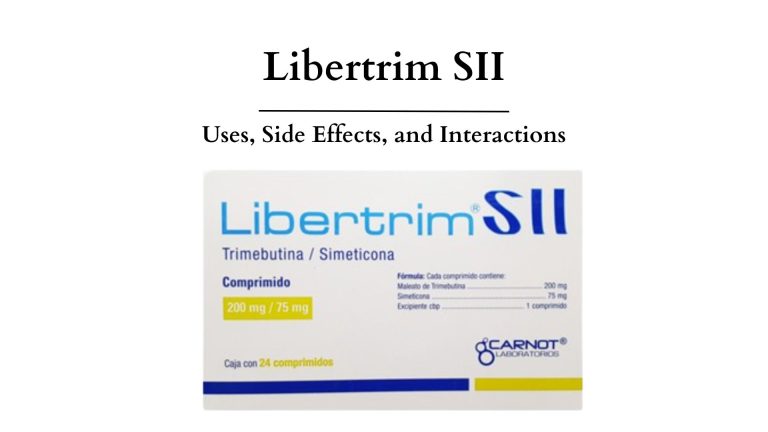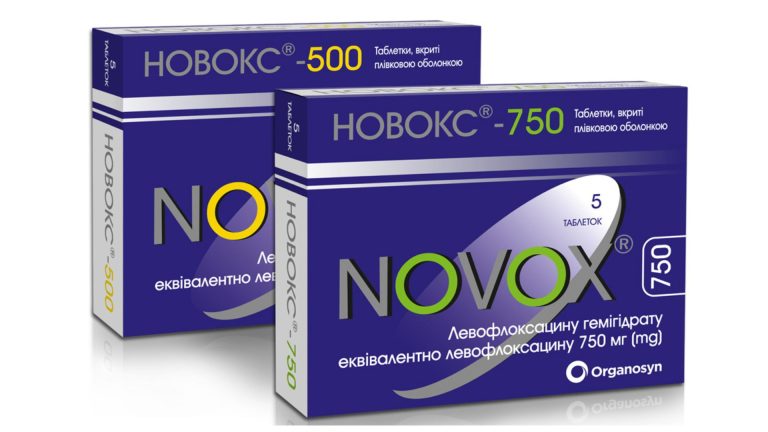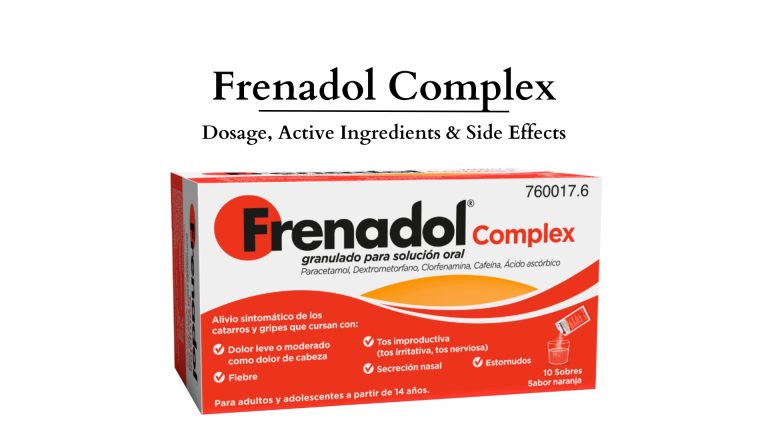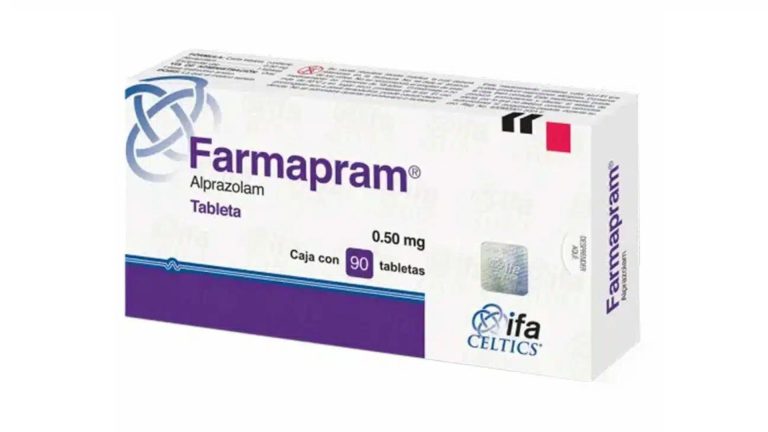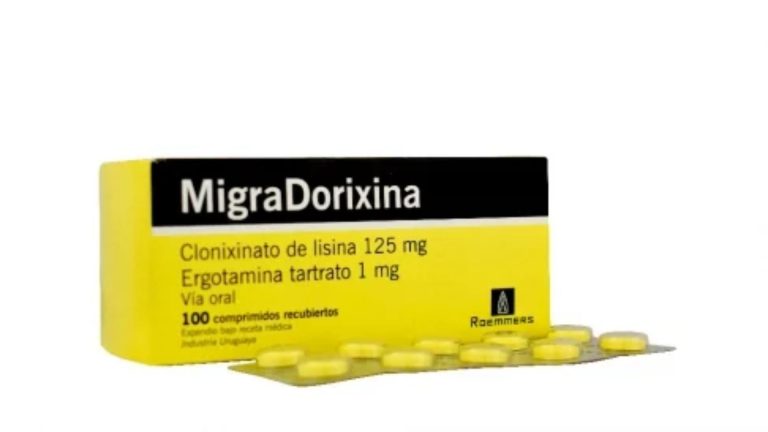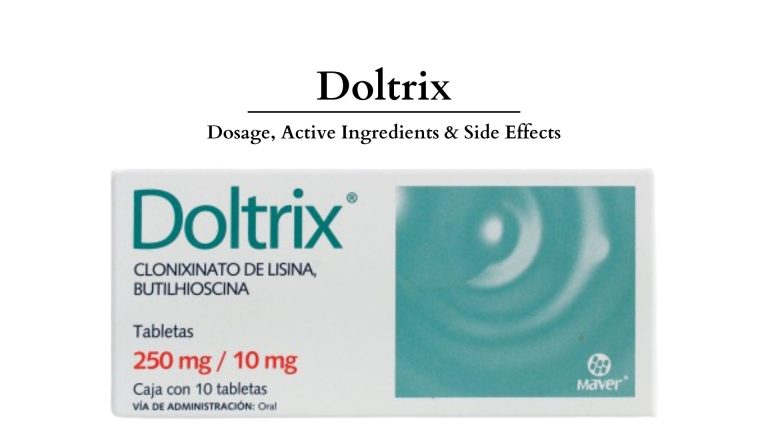What You Need to Know About The Black Beauties Drug?
Amid rapid advancements in medical sciences and the growing complexity of pharmacological formulations, understanding the nature and effects of certain drugs, especially those with a dark past, becomes imperative. Black Beauties, a term that once held a different connotation in the pharmaceutical realm, has evolved over the years. This article delves deep into the essence of the Black Beauty drug, covering its pharmacological makeup, historical significance, addiction potential, treatment options, and the evolving legal landscape surrounding its use. Also know about Frenadol.
What Are Black Beauties and Their Role as a Stimulant?
| Uses | Benefits | Side Effects |
| Treatment of ADHD | Increased alertness and focus | Insomnia |
| Management of narcolepsy | Improved attention span | Increased heart rate and blood pressure |
| Short-term appetite suppression (for weight loss) | Potential for weight loss | Loss of appetite |
| Occasionally used off-label for depression | Reduction in symptoms of ADHD and narcolepsy | Anxiety and agitation |
| Sometimes prescribed for certain types of headaches | Enhanced wakefulness and energy levels | Risk of addiction and dependence |
The term “black beauties” refers to a form of prescription drug that gained notoriety for its potent stimulatory effects. Originally, black beauties were a type of capsule, a combination of amphetamine and dextroamphetamine, used to enhance alertness, focus, and energy. They were part of a broader category known as biphetamine, sometimes playfully referred to as “black bombers” or within the colloquial lexicon as a “russian doll” due to their layered composition. Over time, these capsules have been associated with a high potential for abuse, drawing attention to their addictive qualities and recreational use beyond their intended medical purpose.
How Do Black Beauty Pills Work as a Stimulant?
At the heart of black beauty pills’ effectiveness as a stimulant is their ability to target the brain’s reward system. By increasing the release of dopamine, a neurotransmitter responsible for feelings of pleasure and euphoria, black beauties produce a heightened state of alertness and energy. This mechanism of action is similar to that of other stimulants like methamphetamine and cocaine, albeit with distinct pharmacological profiles and potency levels. Their wide-scale use, particularly in periods of demanding cognitive tasks, underscores their appeal as a means to boost mental performance.
Comparing Black Beauties to Other Stimulants (Methamphetamine and Cocaine)
While black beauties, methamphetamine, and cocaine are all classified as stimulants, they exhibit notable differences in their chemical structure, mode of action, and potential for addiction. Their use amphetamines can also lead to distinct health outcomes. Methamphetamine and cocaine are known for their rapid onset of euphoria, a key factor that contributes to their high abuse potential. Black beauties, especially when used recreationally, share this trait, although their pharmacological foundation as a name for a combination amphetamine offers a somewhat different spectrum of effects. Understanding these distinctions is crucial for appreciating why black beauties, despite their use as diet pills or performance enhancers, have become controlled substances under the law.
Exploring the History and Composition of the Black Beauty Pill
Black beauties emerged on the pharmaceutical scene as a response to a growing demand for solutions against hyperactivity disorder and certain forms of depression. Their composition, primarily of biphetamine 20, a name for a combination of amphetamine salts, catered to a wide array of conditions, from enhancing daytime alertness to battling the bulge as diet pills. The allure of black beauties was not just confined to their medical benefits; the acceleration of one’s mood and productivity levels fueled their popularity, marking them as quintessential “beauty pills” of their time.
What Ingredients Make Up a Black Beauty Pill?
The typical black beauty pill comprises a potent mix of amphetamine and dextroamphetamine, designed to orchestrate a symphony of stimulatory effects. This combination, tailored for individuals seeking respite from ADHD or those chasing the euphoria synonymous with enhanced dopamine release, encapsulates the duality of black beauties: a conduit for heightened cognitive performance and, paradoxically, a vector for potential abuse.
Differences Between Black Beauties and Modern ADHD Medications Like Adderall
While black beauties and modern ADHD medications like Adderall both contain amphetamine salts, the evolution in medical standards and regulatory oversight has honed the latter into a more refined therapeutic tool. Adderall, for instance, is carefully calibrated to manage ADHD and narcolepsy with a lower risk profile compared to the broadly cast net of black beauties, which were used by individuals spanning a gamut of conditions, often without strict medical supervision. This distinction underscores the shifting paradigms in drug formulation and the stringent criteria now governing prescription stimulants.
The Potential for Addiction to Black Beauty Pills
Addiction to black beauty pills anchors on the drug’s ability to amplify dopamine release in the brain, bolstering sensations of euphoria and well-being. This manipulation of the brain’s reward system can precipitate a cycle of compulsive drug-seeking behaviors, hallmark traits of amphetamine addiction. The transition from use to abuse, and subsequently to addiction, often subtly masks itself behind the escalating tolerance to the stimulant’s effects, necessitating higher doses for the same euphoric rush, thereby entrenching the cycle of dependence.
Identifying Signs of Black Beauty Pill Addiction
Recognizing the signs of black beauty pill addiction entails a vigilant observation of changes in behavior, psychological state, and physical health. Prolonged use of black beauties may lead to cardiovascular problems, a marked increase in hyperactivity, erratic mood swings, and a noticeable deterioration in social and occupational functioning. Such symptoms serve as red flags, indicating the need for a professional evaluation and potential intervention to arrest the spiral of amphetamine abuse.
The Role of Euphoria in Promoting Black Beauty Drug Addiction
The pursuit of euphoria plays a central role in the addictive cycle associated with black beauties, where users chase the initial high indicative of amphetamine use. The initial high that accompanies the drug’s intake sets a benchmark for pleasure, one that users incessantly chase through repeated consumption, embodying the addictive cycle of amphetamine use. This relentless quest not only elevates the risk of addiction but also exposes users to the dire consequences of amphetamine dependence, underscoring the perilous tightrope walked by those entangled in the web of black beauty drug addiction.
Comprehensive Addiction Treatment Options for Black Beauty Pill Users
Confronting addiction to black beauty entails acknowledging the problem and seeking professional help, highlighting the severe impact of amphetamine use. The journey towards recovery commences with a thorough assessment by addiction specialists, laying the groundwork for a tailored treatment plan. The initial steps often involve detoxification, a critical phase aimed at purging the body of harmful substances and managing withdrawal symptoms under medical supervision.
Differentiating Between Treatment Options (Inpatient vs. Outpatient)
In the realm of addiction treatment, options bifurcate into inpatient and outpatient programs. Inpatient treatment offers a structured environment where individuals can receive round-the-clock care and support, an ideal setting for those grappling with severe addiction to the black beauty. Outpatient programs, on the other hand, provide a flexible framework, allowing individuals to integrate treatment sessions with their daily routines, suitable for those at the earlier stages of addiction or with strong support systems at home.
Support Systems and Recovery Strategies for Overcoming Addiction
Building a robust support system and embracing effective recovery strategies play pivotal roles in overcoming addiction to black beauty pills. Support groups, cognitive-behavioral therapy, and other psychosocial interventions can furnish individuals with the coping mechanisms needed to resist the lure of drugs and rebuild their lives. Employing a holistic approach that encapsulates both medical treatment and emotional support cultivates a fertile ground for recovery and deters relapse, especially in cases of addiction to the black beauty.
Legal Implications and the Future of Black Beauties as Controlled Substances
The Controlled Substances Act has placed black beauties and related amphetamines under strict scrutiny as schedule II controlled substances due to their high potential for abuse. Classified as controlled substances, the production, distribution, and possession of black beauty pills are regulated by law, a move aimed at curtailing their illicit spread and consumption. This legal framework serves as a bulwark against the unauthorized use of amphetamines, highlighting the government’s commitment to public health and safety.
Impact of Regulation on the Availability and Use of Black Beauty Pills
Regulatory measures have significantly impacted the availability and use of black beauty pills. By tightening controls over prescription drugs, authorities have managed to stem the tide of amphetamine abuse to some extent. However, the shadow of the black market looms large, where the demand for stimulants like black beauties persists outside the bounds of legal channels. This underscores the importance of ongoing vigilance and enforcement to dissuade illegal distribution and consumption, especially in the context of schedule II controlled substances like Black Beauties.
Prospects for Future Legislation Involving Black Beauties and Similar Drugs
Looking ahead, the landscape of legislation governing black beauties and similar stimulant drugs is poised for continuous evolution. As new psychoactive substances enter the market, regulatory agencies must adapt their strategies to mitigate risks associated with emerging drugs. Balancing the therapeutic potential of stimulants against their propensity for abuse necessitates a nuanced approach, one that may involve revising existing laws and introducing novel regulatory measures to safeguard public health while accommodating medical advancements.
FAQs
Black Beauties are a type of amphetamine, which is a stimulant drug that can increase heart rate and norepinephrine levels in the body.
Black Beauties were a popular street drug in the 1960s and 70s, often used as an alternative to cocaine, and their drug gained popularity as a schedule II controlled substance known for its stimulatory effects. They gained popularity in the market in 1998.
Black Beauties are also known by the street name “Russian Doll”.
Yes, the drug is highly addictive and can lead to addiction with prolonged use.
Using Black Beauties can lead to drug abuse, addiction, and increased heart rate which may lead to serious health risks.
Black Beauties are usually taken orally and contain a combination of amphetamine and dextroamphetamine, commonly in the form of 10mg of each.

